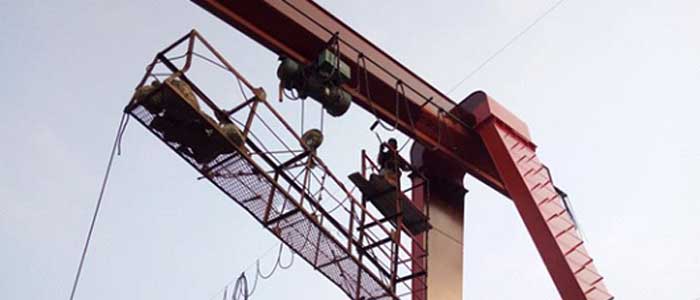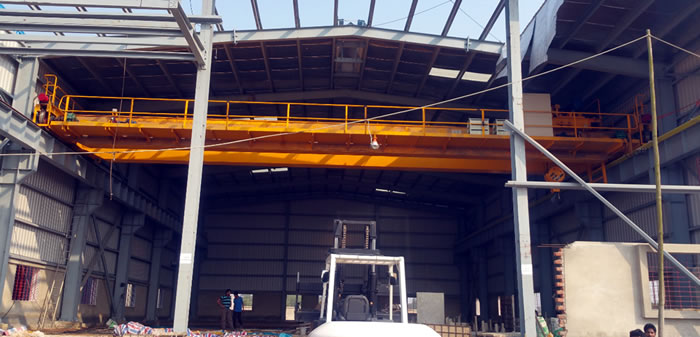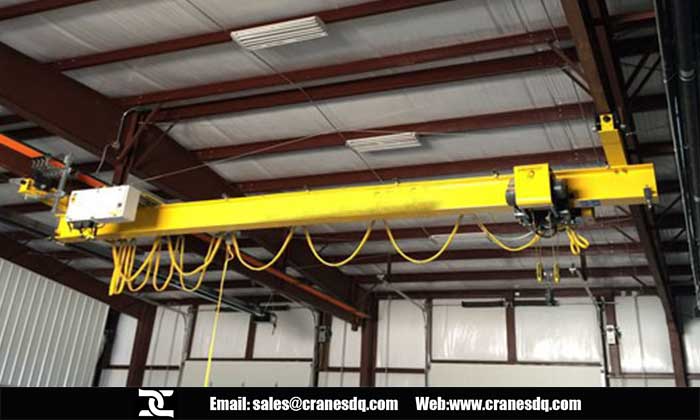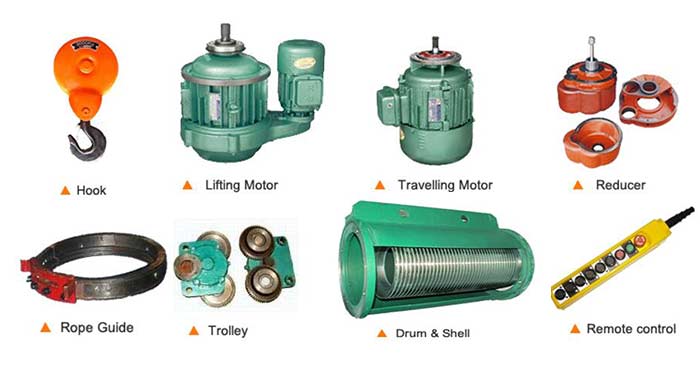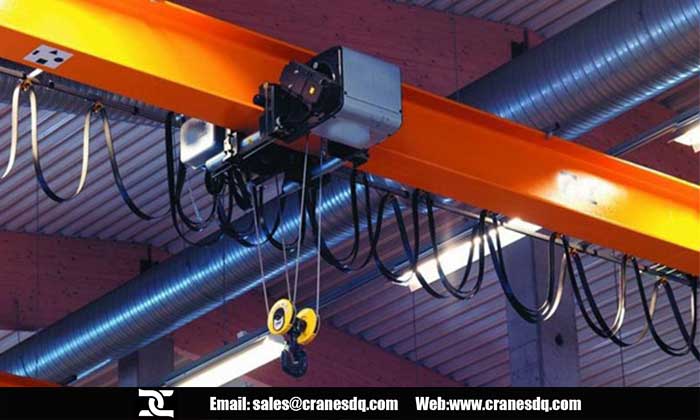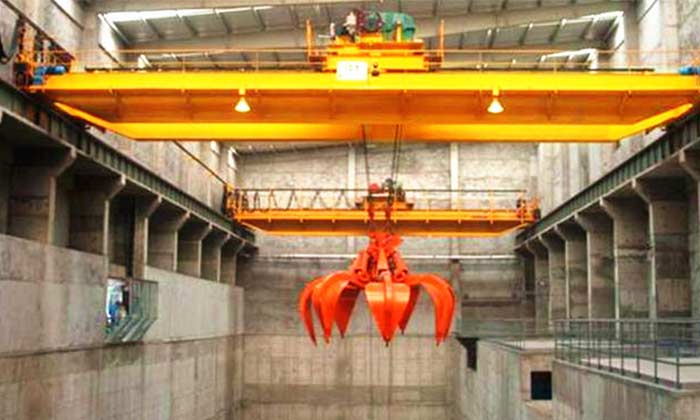Misconceptions on overhead crane safety. Check your understanding on overhead crane safety now.
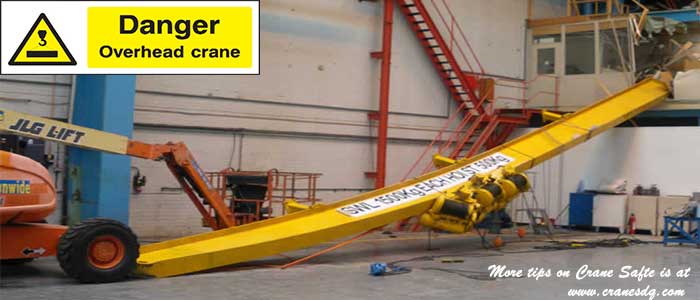
Overload
Too often, workers and overhead crane operators believe it’s OK to overload an overhead crane because most manufacturers build a big safety factor into the design. But, this is extremely dangerous and one of the biggest misconceptions about overhead lift systems. While some parts on the overhead crane are designed with a built-in safety factor, the entire overhead crane system is usually not. For many overhead crane manufacturers—all of our overhead cranes meet or exceed the required safety factor specified by the CMAA (70 and 74). But, if you’re using a jib or overhead crane, the system is attached to the building structure in some way. Building structures themselves do not have these safety factors. If you’re attaching your system to a building, the overhead crane’s safety factors are probably greater than the building’s, which could literally fall apart beneath the weight of an overloaded overhead crane.
A great way to protect workers from an accidental overload is to purchase a load-checking device that can be added to most overhead crane systems. A load-checking device will ensure that workers are aware of exactly how much weight they’re lifting, without the guesswork.
Side pulling
It’s a common misconception that as long your has enough rope, you can pull a small piece of steel from an adjoining bay without safety concerns. This misconception is amplified if the piece being moved is below capacity. This is a very dangerous practice. Electric hoists and overhead cranes are designed to lift straight up and lower straight down only. Side pulling the load can cause numerous problems that are hazardous to equipment and workers:
Pulling your electric hoist at an angle can put lateral and vertical stresses on the overhead crane and Electric hoist, potentially causing catastrophic equipment failure, personal injury, or death.
Side pulling can actually cause the wire rope on the Electric hoist to come out of its grooves, which results in a damaged rope that often ends up tangled around the shaft.
Side pulling causes stress on the system in unintended ways, depending on the structure of your system (side pulling puts pressure on vertical and horizontal beams, and most overhead cranes aren’t built to maintain that much stress).
Upper limit switch
Another common misconception about overhead cranes and Electric hoists is lifting until you hit the upper limit switch. Many operators are under the impression that lifting until they hit the limit switch will allow them to get as much height as possible to move materials. But, the problem here is that the upper limit switch is designed to prevent the hook assembly from colliding with the drum. It is a safety device, not an operational device. If the upper limit switch fails, the hook block and the drum will collide, which could cause the rope to fail and the entire load to fall.
For operators who need an operational upper limit switch, it is possible to install a second switch that’s used in a fail-safe mode. This will ensure that if the operational upper limit switch fails and the second switch is struck, the Electric hoist will still shut off. When the upper limit switch fails, the Electric hoist is automatically shut off. The Electric hoist is turned off in the up position, which is an indication that the operator needs to get help.
Daily inspections
Another major misconception is that daily inspections are unnecessary. Many operators assume that if the overhead crane was working normally all week, it will continue to do so on a daily basis. But, daily inspections are an essential part of proper and safe overhead crane operation. In fact, OSHA requires it. The daily inspection is perhaps the easiest rule of overhead crane operation, because it doesn’t require a qualified inspector or maintenance worker. It’s made up of a commonsense checklist, which takes less than five minutes to complete at the beginning of each operator’s shift.
There are several things to look for on a daily inspection checklist, but one of the most overlooked (and important) items to check for is proper overhead crane labeling. This means, the overhead crane should include visible labels in their correct location at all times before use. The labels that outline important information like capacity, warnings, proper overhead crane/Electric hoist use, etc. can mean the difference between life and death. And, although the misconceptions outlined above may only represent a small part of overall overhead crane safety, they do cause an overwhelming amount of overhead crane accidents and equipment failure. Using labels correctly, and providing workers with effective training that outlines the importance of them can save lives, equipment longevity, and lots and lots of money.
Remember, it is the responsibility of the Owner/User to require all personnel who install, inspect, test, maintain, and operate an overhead crane to read and to comply with all labels and the contents of the instruction manuals furnished by the manufacturer of the overhead crane, and all applicable safety standards and regulations provided by ANSI/ASME B30, OSHA, and the ANSI/NFPA 70, National Electric Code.
Misconceptions on overhead crane safety. Check your understanding on overhead crane safety now. Contact us for more information for overhead crane safety.
